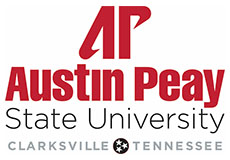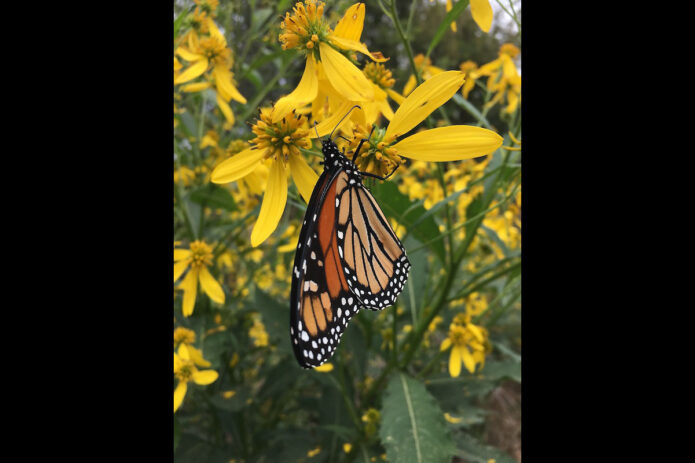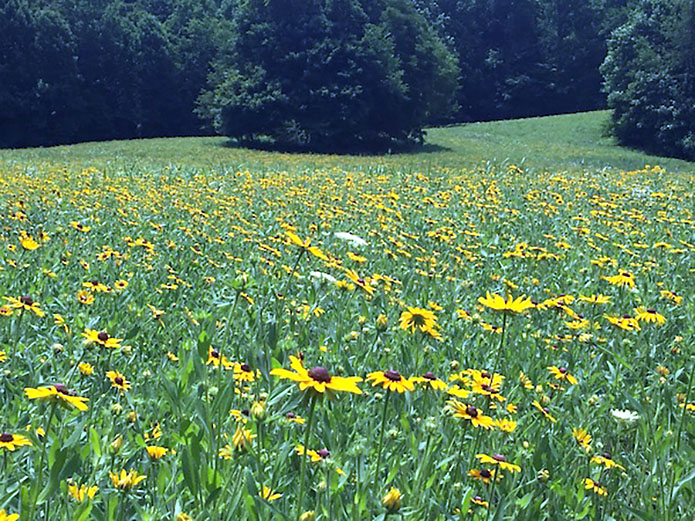 Clarksville, TN – An exciting new bill in the conservation world has been introduced to Congress – the North American Grasslands Conservation Act of 2022.
Clarksville, TN – An exciting new bill in the conservation world has been introduced to Congress – the North American Grasslands Conservation Act of 2022.
So, what does that have to do with Tennessee, Kentucky, or anywhere in the eastern U.S.? A lot more than you may realize.
Ask most people to describe what North America might have looked like 400 or 500 years ago, and you’ll get a similar picture. The description will include a wall of unbroken forest extending from the East Coast to the Mississippi River, then a sea of grasses extending from the Mississippi River to the Rocky Mountains. That picture is also wrong.
“But what we’ve discovered is that the eastern U.S. was once a rich, complex mosaic that included dense forests, treeless prairies, rocky glades, wet meadows and savannas (grasslands with scattered trees). In fact, our southeastern grasslands are more biologically diverse than the more familiar grasslands of the Great Plains and the Midwest.”
Why should we care about grasslands?

Not too long ago, time spent in the rural countryside meant hearing cheery “bobwhite” whistles coming from quail hiding in the fields. Eastern meadowlarks were commonly seen perched on fence posts. Monarch butterflies, bumble bees, and other pollinators could easily be seen flying from flower to flower. However, all of that has changed within most of our lifetimes.
Population numbers of the northern bobwhite have dropped by 85% between 1966 and 2014, while populations of eastern meadowlarks are thought to have declined by as much as 77% during basically the same timeframe according to the American Bird Conservancy. The rusty-patched bumble bee was listed on the Endangered Species List in 2017. Last year, the monarch butterfly became a candidate species for the Endangered Species List and the review process was started for potentially listing the American bumble bee.
What do all these species and many others that are also declining have in common? They depend on grasslands for all or part of their lives.
Grasslands are rapidly disappearing across North America. It is estimated that we’ve already lost approximately 80% of the grasslands in the country. In the eastern U.S. those losses are closer to 90-99% depending on the specific type of grassland being considered. With such staggering losses, is it any wonder that the animals that depend on those ecosystems are also declining?
Research is increasingly showing that grasslands also have important, and often overlooked, potential for sequestering carbon and potentially limiting climate change.
Why is the North American Grasslands Conservation Act of 2022 important?

“At the Southeastern Grasslands Institute, we often say that we need to act now because 25 years will be too late,” Estes said. “The North American Grasslands Conservation Act of 2022 is an opportunity to act now and will bring historic levels of recognition and support for grasslands throughout the country. That’s why the Southeastern Grasslands Institute is a signatory conservation organization on the bill.”
This is important because many grassland remnants, especially in the eastern U.S., are privately owned. Many landowners want to manage their property for quail, pollinators, or other grassland-dependent species, but need help doing so – help that could be provided through the North American Grasslands Conservation Act.
The Grasslands Conservation Act will also provide funding for research on large-scale methods for growing, harvesting, and preserving native seeds because one of the current challenges for large-scale restoration projects is finding appropriate seed sources in the quantities needed.
Additional research funded by the Grasslands Conservation Act will be focused on regenerative grazing practices so that landowners with working farms may not have to choose between conservation and making a living.
Another aspect of the Grasslands Conservation Act will establish a North American Grassland Conservation Strategy that will work towards the protection, restoration, and management of grassland ecosystems across North America.
What can you do to help?
The most important thing you can do is to contact your representatives and let them know that you want them to support the North American Grasslands Conservation Act of 2022.
When you contact them, specifically mention our southeastern grasslands because our representatives likely grew up like us – believing in an unbroken forest stretching from the East Coast to the Mississippi River and never making the connection that the quail, butterflies, bumble bees, and other animals which were iconic parts of our childhoods represented a different and much more diverse picture of this region’s landscape.
[470center[
They need to recognize that the Grasslands Conservation Act doesn’t just help people and ecosystems out West, but also has valuable implications and benefits for their constituents and the ecosystems right here in their home state.
The entire bill for the North American Grasslands Conservation Act of 2022 can be found at: https://www.wyden.senate.gov/imo/media/doc/FINAL%20North%20American%20Grasslands%20Conservation%20Act.pdf
The Southeastern Grasslands Institute is a grasslands-focused research, conservation, and education branch of Austin Peay State University’s Center of Excellence for Field Biology. The Southeastern Grasslands Initiative works to conserve, restore, and promote native grasslands throughout the Southeast.



